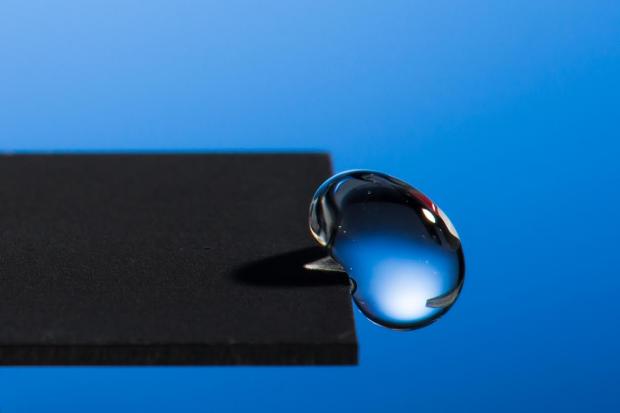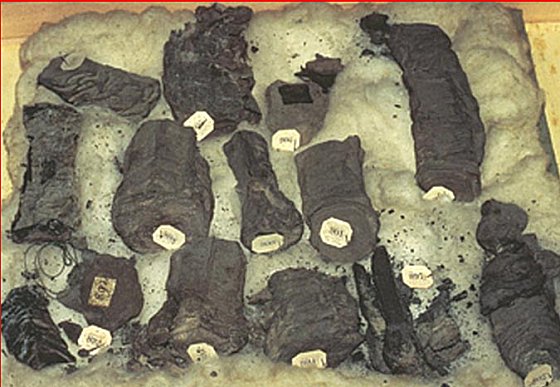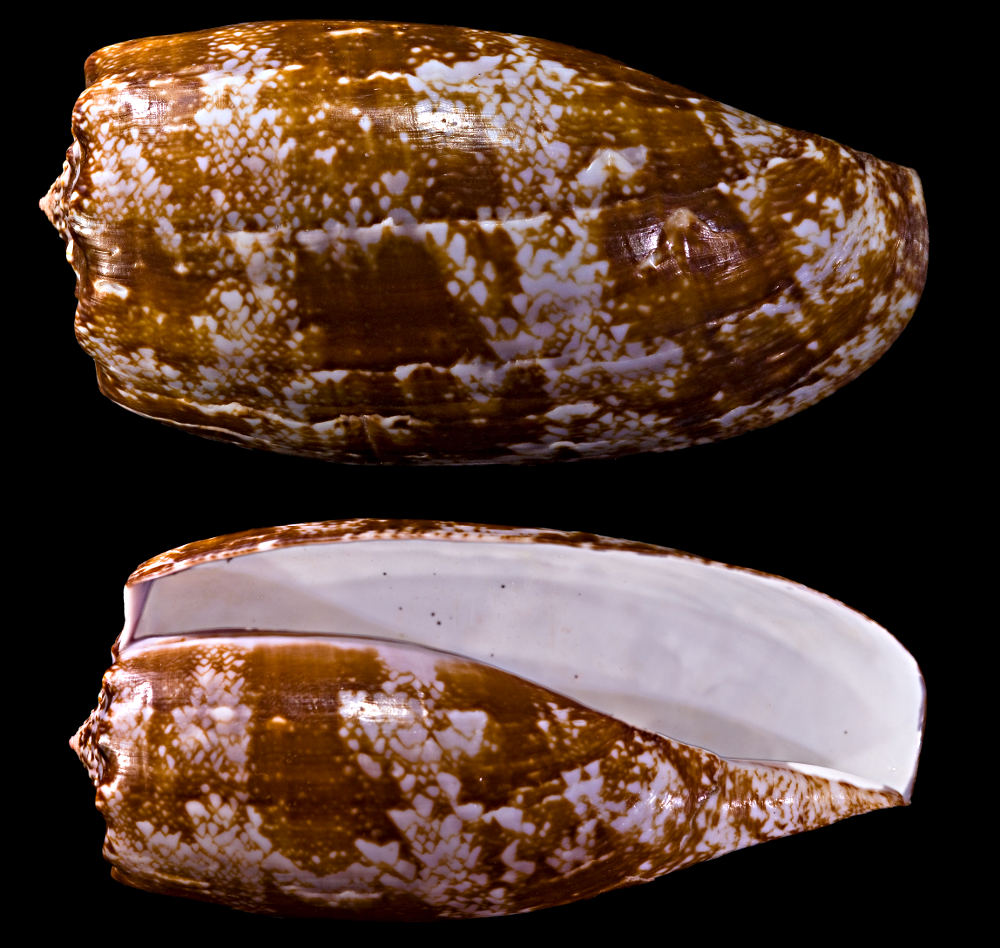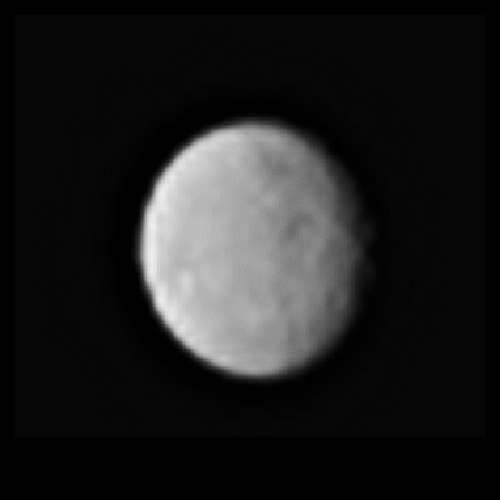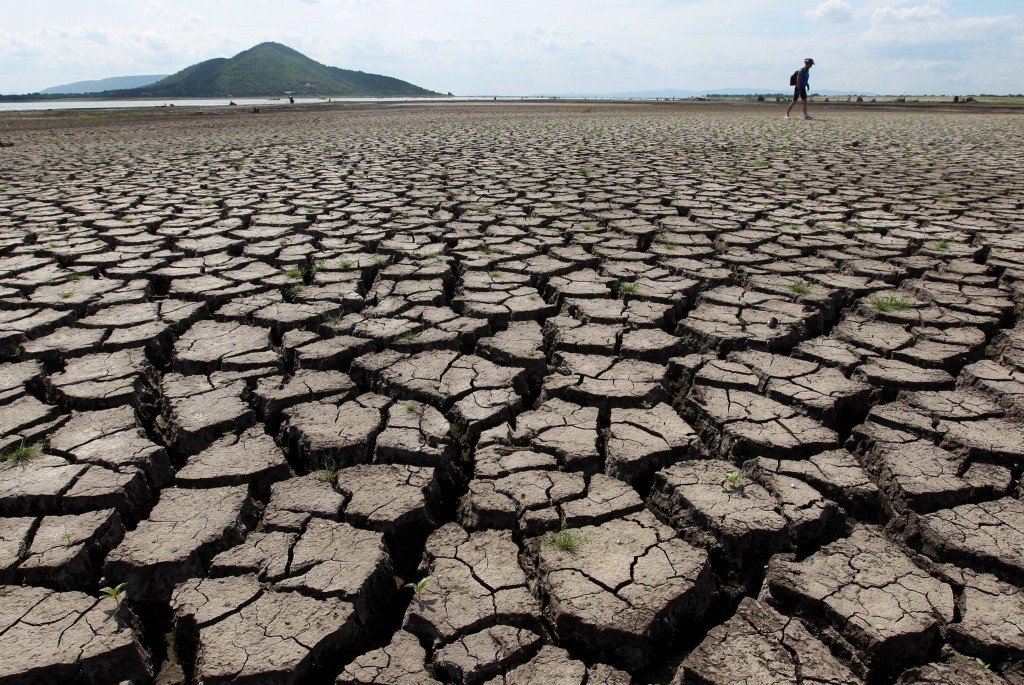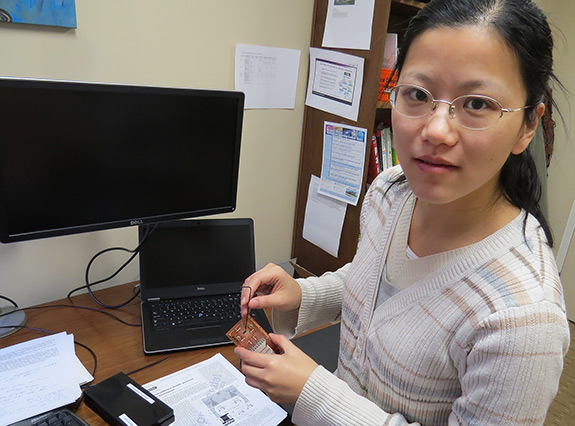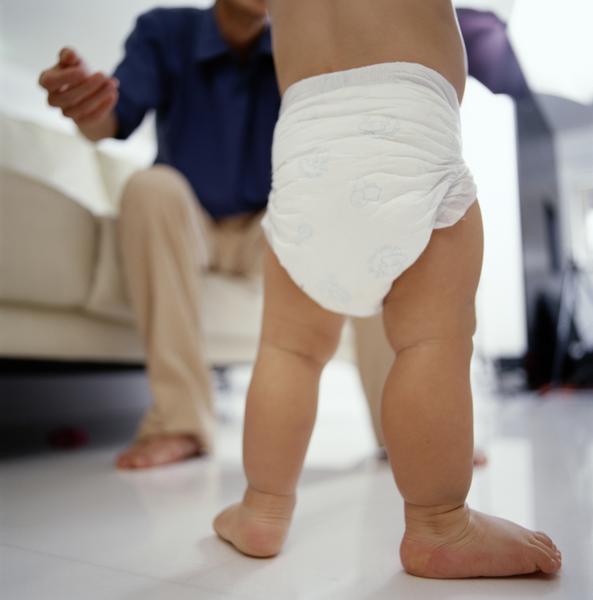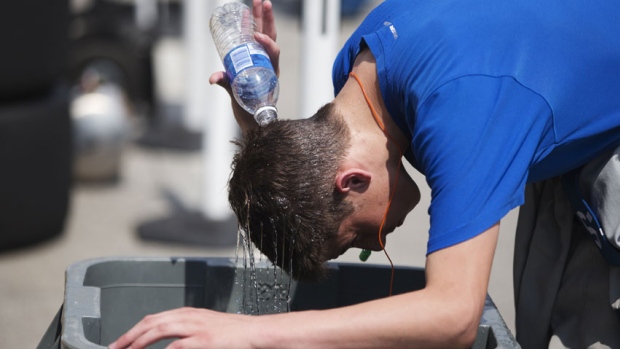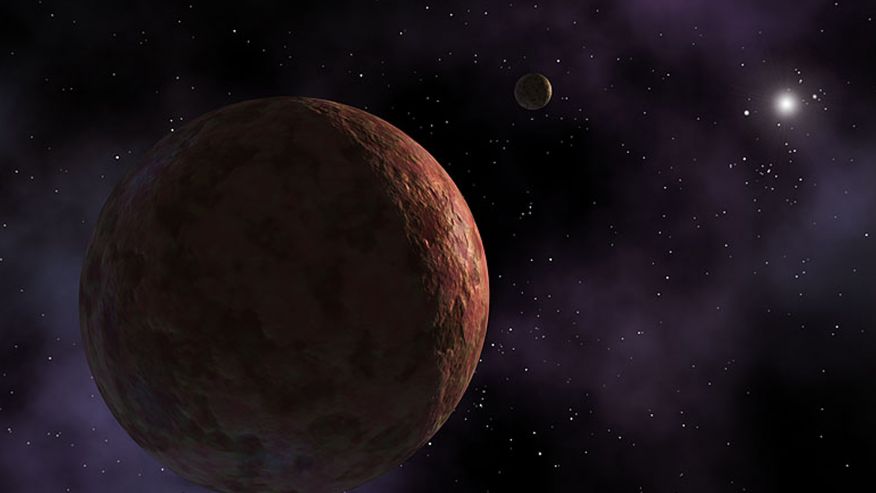Researchers from the University of Rochester, New York, have come up with a proprietary laser technology that makes metals to repel water without the need for any coating; and what’s more, this technology also helps metals to absorb light and even self-clean itself.
Funded by the Bill and Melinda Gates Foundation, and developed by Chunlei Guo, a professor of optics and physics at the University of Rochester, together with Anatoliy Vorobov, the researchers developed laser pulses that produce an intricate pattern of micro- and nanoscale structures that endow metals with water repelling properties, which also enables to metals to self-clean itself while also getting highly absorptive of lights.
“This is the first time that a multifunctional metal surface is created by lasers that is super-hydrophobic (water repelling), self-cleaning, and highly absorptive,” says physicist Chunlei Guo.
The way it is made, the hydrophobic material of the laser technology-enhanced metals causes water to run off its surface, and the run-off water gathers dust and other dirt as it runs off the surface of metals – self-cleaning the metal surface in the process.
“In these regions, collecting rain water is vital and using super-hydrophobic materials could increase the efficiency without the need to use large funnels with high-pitched angles to prevent water from sticking to the surface,” says Guo. “A second application could be creating latrines that are cleaner and healthier to use.”
With the ability of the self-cleaning metals and water-repellent properties to also absorb light, these enhanced metals can be used by solar collectors because of their durable and low maintenance value, coupled with the fact that it is suitable for other suitable applications. Solar power devices and sensors that require light collection can use this new technology because of its robust and easy to maintain properties. Chunlei Guo stated that “the structures created by our laser on the metals are intrinsically part of the material surface.”
The laser technology for water-repellent metals was made in this manner: Zapping platinum, titanium, and brass samples with extremely short laser pulses lasting about a millionth of a billionth of a second, the scientists were able to create the super-hydrophobic and light absorbing metal surfaces. The laser pulses made micro-grooves upon which bumpy nanostructures were formed, and these altered the optical and wetting properties of the surfaces of the materials – and to this end, the water repellent properties of the new metals exceed those of famous non-stick coating.
According to Guo, “Many people think of Teflon as a hydrophobic surface, but if you want to get rid of water from a Teflon surface, you will have to tilt the surface to nearly 70 degrees before the water can slide off,” he explains. “Our surface has a much stronger hydrophobicity and requires only a couple of degrees of tilt for water to slide off.”
This research was published in the Journal of Applied Physics.
